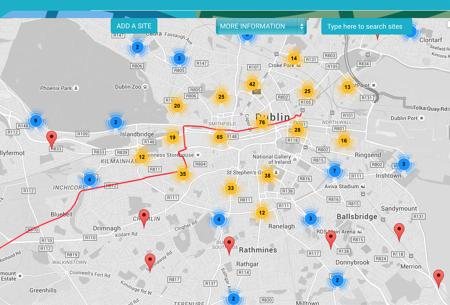
Resource description:
Methodology (including online tool) for opening up underused real estate assets in the urban core to local ideas and engagement.
Author/Contact:
TURAS
Expert contact: Aoife Corcoran
Advantages:
- The first step towards a more efficient use of underused spaces is to build knowledge and awareness of the existence and nature of these spaces by forming a comprehensive diagnosis of the city. The mapping of underused spaces is a core activity for strate
- Main outcomes: knowledge/data, physical improvements, economic benefit, stakeholder integration, process innovation, community empowerment.
Constraints:
- Quite often space is not used efficiently in the city and this has numerous consequences, including urban sprawl, urban blight, development pressure, rising land prices, and anti-social behaviour. In many ways, space is not recognised as a limited and val
Uses of this resource:
There are many reasons for the proliferation of underused spaces such as land speculation, legal issues and fiscal regulations that do not incentivize property owners to make productive use of space. In addition, there is a lack of knowledge and awareness of the extent and nature of the problem and its potential consequences. Another obstacle is the lack of available data, which due to its scale and fluidity, makes the mapping of these spaces a quite difficult task.
Additional information:
WHO SHOULD BE INVOLVED?
FACILITATORY (PUBLIC) BODIES:
strategic planning department; planning and development department; architecture department; land use planning department; IT department; financial services department; community development department
LOCAL TASK FORCE:
local or regional authority; professional expert; community group; educational organisation
SUITABLE FOR:
dense inner city; brownfield development site; underused urban site & building; urban region; (sub-)urban communities
MAIN NECESSARY RESOURCES ARE:
space; expert knowledge; local knowledge; personnel time; public institutional set-up; community trust
Licence:
- Free, no licence
Development stage:
- Full, working product